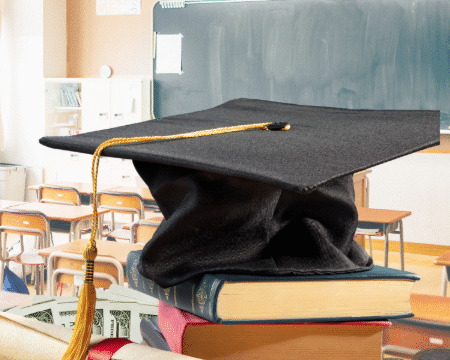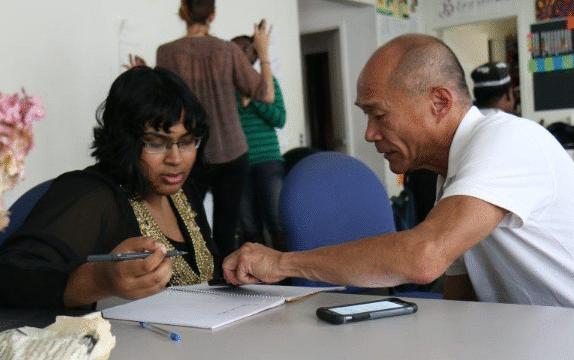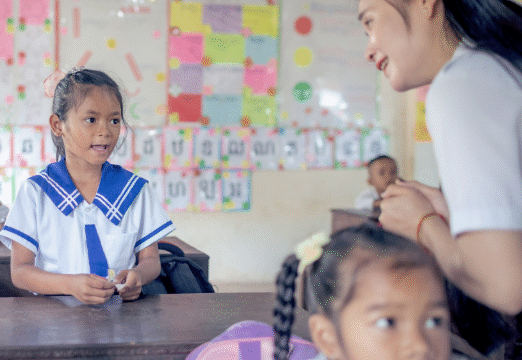Education is often described as the key to opportunity,
growth, and a brighter future. Yet, throughout history,
not everyone has had the same access to learning.
Gender bias, whether subtle or obvious, has created barriers that keep many individuals from reaching their potential. The good news is that around the world, people are working tirelessly to change this. A closer look at the issue shows both the challenges and the possibilities of creating an education system that truly welcomes everyone, regardless of gender.
When we talk about gender bias in education, we are referring to the unequal treatment or expectations placed on students based on whether they are male or female. Sometimes it is visible, such as when a girl is told that science is not for her, or when a boy is discouraged from studying subjects like literature or the arts. At other times, it is hidden in the form of limited resources, cultural expectations, or the design of school systems themselves. No matter how it appears, the result is the same: some children are given fewer opportunities to succeed simply because of their gender.
The roots of gender bias can often be traced back to traditions, economic conditions, and social norms. In some parts of the world, families may prioritize sending sons to school while daughters are expected to stay home and help with household responsibilities. In other places, both boys and girls attend school, but the expectations placed on them differ. A young woman may be told that her role is to prepare for marriage rather than a career, while a young man may be pressured to pursue studies that promise higher incomes, even if his interests lie elsewhere. These assumptions can quietly shape the choices students make, sometimes without them even realizing it.
Access to education is only one part of the puzzle. The experience inside the classroom also matters. Teachers, often unintentionally, may treat students differently. They may call on boys more often in math lessons, or encourage girls more in language arts. Textbooks and school materials can also reinforce stereotypes if they mostly depict men in leadership positions and women in supportive roles. Over time, these patterns can affect how children see themselves and what they believe they are capable of achieving.
Yet, despite these challenges, there are countless examples of progress. Around the world, more children of all genders are attending school than ever before. Campaigns that focus on girls’ education have opened doors for millions who were once excluded. At the same time, greater awareness of boys’ struggles in certain areas, such as reading, has helped schools pay attention to their needs too. When efforts are balanced and inclusive, everyone benefits.
The benefits of overcoming gender bias in education reach far beyond the classroom. When girls receive the same educational opportunities as boys, societies grow stronger. Educated women are more likely to participate in the workforce, support their families, and contribute to their communities. Similarly, when boys are allowed to explore a full range of subjects and interests without judgment, they are more likely to thrive in careers that suit their passions. Equality in education does not just change individual lives; it improves entire economies and communities.
A critical part of addressing gender bias is ensuring that schools create environments where all students feel valued. This includes training teachers to recognize unconscious bias and to encourage participation from everyone. It also means updating textbooks and materials so that they reflect the diversity of real life, with both men and women shown in a wide variety of roles. Classroom discussions can also play a powerful role, helping children question stereotypes and imagine futures that are not limited by outdated ideas.
Families, too, have a vital role in breaking the cycle of bias. When parents encourage both sons and daughters equally, they send a strong message that learning is for everyone. Support from home can help children stay motivated, even when they encounter challenges at school. In many communities, local leaders and organizations are working hand in hand with families to make sure that gender equality in education becomes more than just a dream.
Technology is also opening new possibilities. Online learning platforms allow children, especially those who face cultural or physical barriers to attending school, to access quality education from home. Girls who might not be permitted to travel long distances to school can now study from their communities. Boys who feel pressured to follow certain career paths can explore subjects at their own pace online, discovering talents they might not otherwise uncover. Digital tools, when used thoughtfully, can help bridge gaps that once seemed impossible to close.
Of course, removing gender bias in education is not something that can be achieved overnight. It requires long-term commitment, resources, and above all, a willingness to change attitudes. Governments, schools, families, and communities must work together to keep the momentum going. Policies that support equal access, scholarships that help disadvantaged students, and awareness campaigns that challenge stereotypes are all steps in the right direction.
The vision of education for all is about more than just opening the school gates. It is about making sure that every child who walks through those gates feels equally welcomed, supported, and inspired to reach their full potential. It means building classrooms where questions are encouraged, where role models come in all forms, and where every student is told, “You can achieve your dreams.”
The future of education is brighter when it is inclusive. Gender bias may have shaped the past, but it does not have to define the future. With determination, cooperation, and a belief in fairness, the world can continue moving toward a system where every child, regardless of gender, has the chance to learn, grow, and shine. Education for all is not just a goal; it is a promise to the next generation that their potential will not be limited by stereotypes or unequal treatment.
As we look ahead, the hope is that discussions about gender bias in education will one day feel outdated, because the barriers have been dismantled and equality has become the norm. Until that day arrives, each effort, whether big or small, brings us closer to a world where learning truly belongs to everyone.






